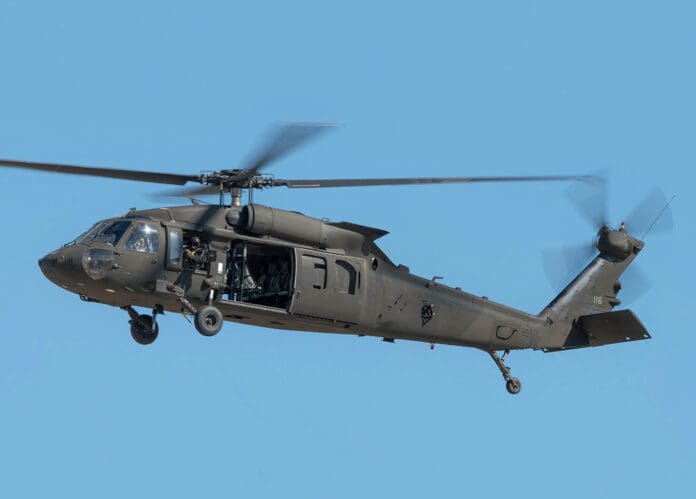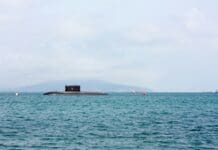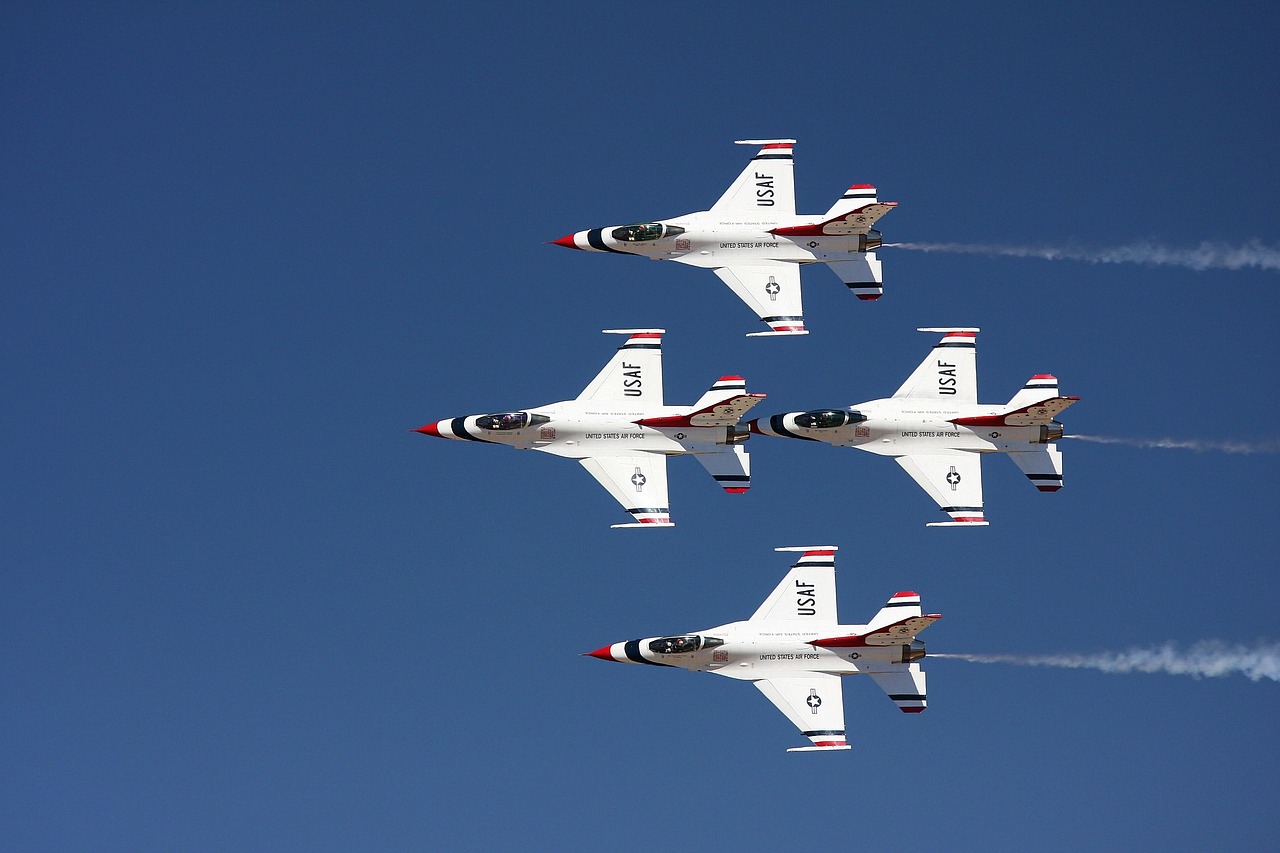This post is also available in:
 עברית (Hebrew)
עברית (Hebrew)
A fully digital self-protection suite developed in Spain is set to enhance the survivability of military aircraft and helicopters against modern missile threats. Designed for rapid detection and response, the system offers comprehensive defense against radar-guided, laser-guided, and infrared-tracking weapons.
The suite, recently unveiled by Spanish defense technology developer Indra, replaces legacy analog and hybrid systems with a modular, software-defined architecture. This allows it to scan across the full spectrum in real time, significantly improving situational awareness and shortening response times during engagement.
A key feature is its ability to detect threats across a wide range of domains while simultaneously deploying appropriate countermeasures. These include a directed infrared countermeasure (DIRCM) system to disrupt heat-seeking missiles, flare dispensers to decoy infrared sensors, and chaff to confuse radio-guided weapons.
The architecture is fully modular, enabling flexible integration into a range of airframes, including fixed-wing aircraft and helicopters. It has already been adapted for fighter jets, transport platforms, and rotary-wing systems, offering scalability depending on mission requirements and available onboard systems.
In addition to faster response capabilities, the digital nature of the suite also simplifies upgrades. Its architecture supports future enhancements, including the integration of artificial intelligence for automated threat evaluation and response. By adopting a software-first approach, it can adapt more easily to changing threat environments, which are increasingly characterized by electronic warfare and multi-sensor targeting.
According to the company, the initial design and production phases have been completed, with integration into operational platforms expected to begin later this year. The system positions itself as a fully digital alternative in a market where many current solutions still rely on analog or hybrid configurations.
As threats to air platforms continue to evolve, the adoption of adaptable, software-defined protection suites is likely to become a standard requirement across the world.


























